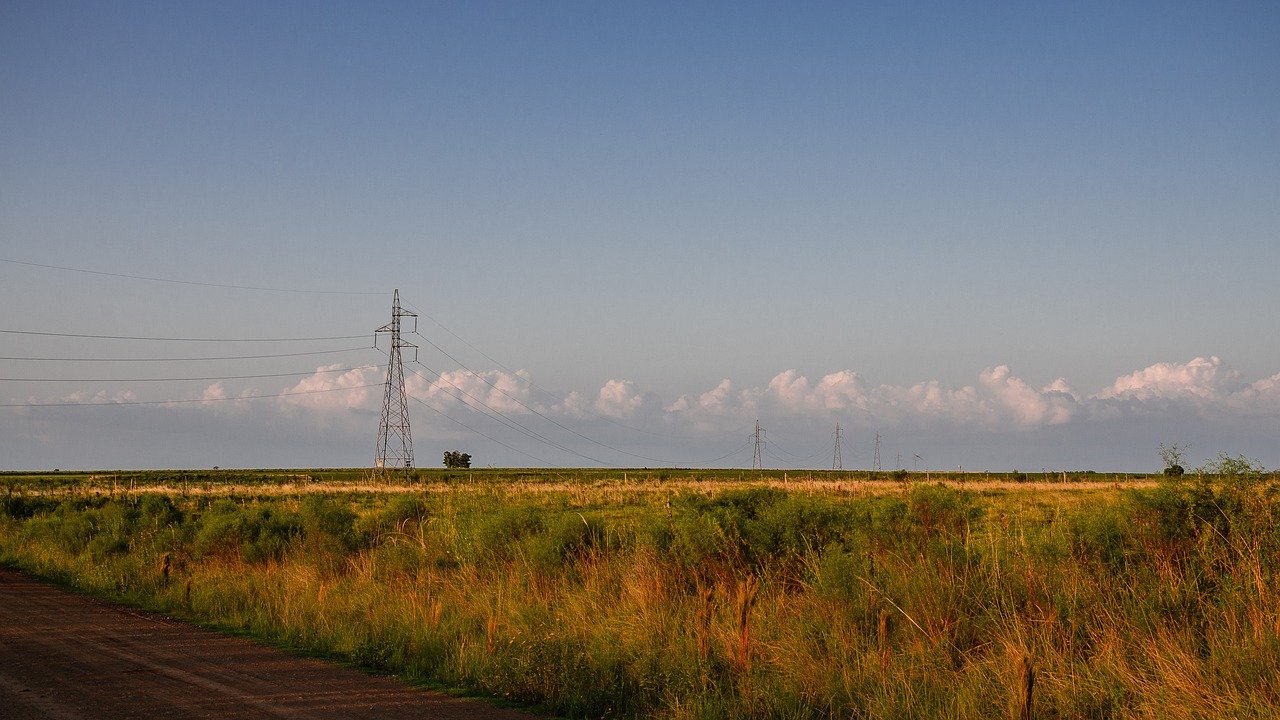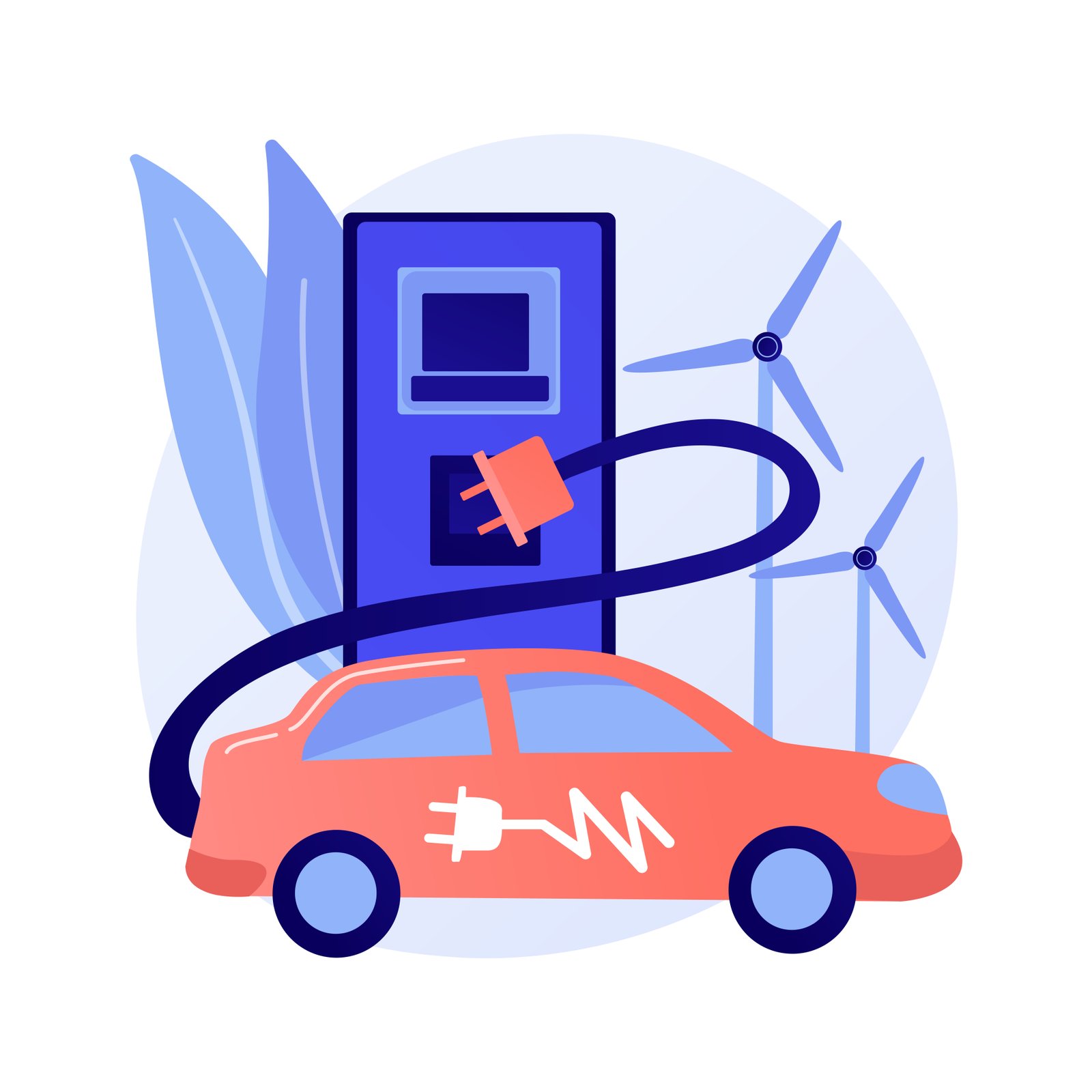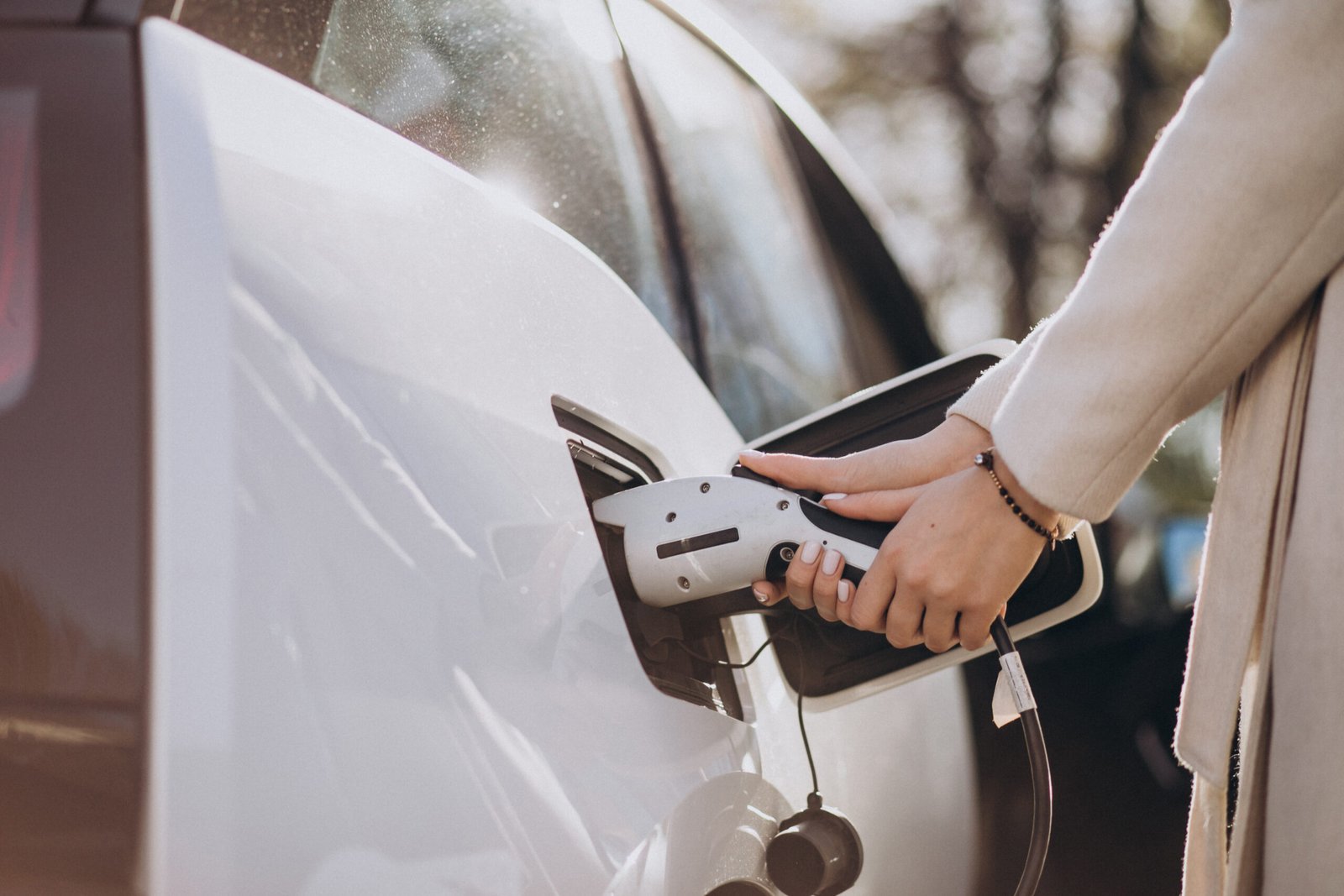Are electric cars really eco-friendly in all countries?
As the technology is improving every day, engineers are finding new solution for our fossil fuel problems. one of those solutions was electric cars/vehicles.
Yes electric cars are much better for our environment because they don’t produce greenhouse gasses but the problem is where does that electricity come from?
In most countries they produce electricity by burning fossil fuels, so even if you use electric vehicles your carbon footprint kind of stays the same, because in order to produce electricity for your vehicles fossil fuels are burnt and green house gases are still releasing to the environment. So here comes the question that under what circumstances using electric vehicles can be environmental friendly?
Source of electricity in your country
First thing you need to know is the types of renewable energy, there are six types of renewable energy: Solar energy, Wind energy, Hydro energy, Tidal energy, Geothermal energy and Biomass energy. each country that has interested in replacing fossil fuels with renewable energy will invest in one or more of these techniques according to its natural sources. for example in a country like morocco with a lot of sunlight during the year, the most reasonable choice is investing in solar panels.
now we will find out the top countries with renewable energy, and if you are lucky enough to live in one those countries, electric vehicles are the best eco-friendly choices you can make.
Costa Rica 95%
Costa Rica is one those countries that uses its full potential to generate electricity from renewable energy. Costa Rica produces 95% of its electricity from hydro, geothermal, solar and wind power plants. it is expected that by the end of this year Costa Rica goes fully carbon-neutral.
Sweden 100%
Sweden has invested in most types of renewable energies, such as solar, wind, energy storage, smart grids, and clean transport. as we know Sweden is not a sunny country but despite this fact they still invested in solar energies, imagine what would happen if a country like Saudi Arabia starts using solar panels! Sweden has the goal to eliminate fossil fuels by 2040. we are hoping that Sweden encourages other countries to invest in renewable energies.
Nicaragua 90%
In 2017 Nicaragua invested 5% of its GDP in renewable energies like wind, solar, and geothermal energy. The country’s aim is to eliminate 90% of it fossil fuel use.

Scotland 98%
In 2019 on October Scotland provided 98% of its electricity needs from only using wind power. imagine if Scotland invests in more renewable energy it will be able to provide 100% of its electricity from clean energy.
Germany 65%
Germany has invested 12.74% of its GDP in renewable energies, mostly on solar panels. In 2018 Germany produced enough energy from solar panels for each household in the country. For a country with 80 million population and a cloudy weather its really impressive that they produces energy for each hosehold . The country has even a bigger goal, Germany has set a goal to provide 65% of the country’s electricity from renewable energy.
Uruguay 100%
In 2012 the government of Uruguay has decided to invest in renewable energies such as solar and wind, by this year the county is now fully using renewable energy for its electricity. in less than 10 years the country was able to achieve its goal with clear decision making and a powerful partnership between private and public sector.
For a small country this achievement is quite impressive, other countries can take Uruguay as an example and unite their different sectors in order to create renewable energy sources.

Denmark 43%
In 2017 Denmark provided 43% of the county’s electricity from wind and solar power. the country has set a goal to be completely fossil fuel neutral by 2050. we wish you good luck Denmark. keep moving forward.
China 35%
As surprising as it may sound, the word’s most carbon emitter is one of the top countries in renewable energy. in 2017 china had planted the highest number of solar panels in the world and it is expected that China will generate 35% of its electricity needs from clean energy. we hope this act will clean up the air pollution china has made in recent years.

Morocco 50%
For a sunny country with plenty of shores what is the best way to generate electricity? yes! Morocco has entered the renewable energy contest bigger than any country. Morocco has invested in the world’s biggest solar plant, with the hydro and wind power plant it is estimated that Morocco will be able to produce 50% of its electricity from renewable energy.
Iceland 85%
Iceland generates 85% of its power usage from domestic renewable energy source. In 2015 Iceland was able to produce 100% of its electricity needs from renewable energy. 73% of the country’s renewable energy comes from hydropower and 27% from geothermal power. the total usage of fossil fuels in Iceland is only 15%.
Electric vehicles and your country

Now that we know the types of renewable energies and which countries are the leading in generating electricity from renewable energy, we can see if electric vehicles are eco-friendly or not.
If you live in one of those countries above that is already producing more than half of its electricity needs from clean energy, electric vehicles are eco-friendly choices for you. for countries like china that promises to generate enough electricity from renewable energy in the future, electric vehicles can also be an eco-friendly option, because in long term electric vehicles has less carbon foot print than other types of vehicles.
The bottom line
As individuals we have the power to make choices that can change the future of humankind, it is up to each and every one of us to create a better life for our future generations. So if you have the power or influence to push your government towards investing in renewable energies you ow it to yourself and future generation. If you don’t have that kind of a power you can simply help the environment by choosing green choices like buying eco-friendly products or electric vehicles or more simple by going vegan.
Every journey starts with a first step.










